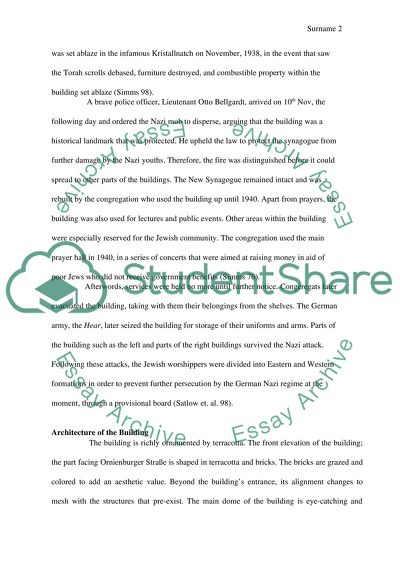Cite this document
(“The New Synagogue, Berlin, Germany Essay Example | Topics and Well Written Essays - 3000 words”, n.d.)
Retrieved from https://studentshare.org/religion-and-theology/1640406-the-new-synagogue-berlin-germany
Retrieved from https://studentshare.org/religion-and-theology/1640406-the-new-synagogue-berlin-germany
(The New Synagogue, Berlin, Germany Essay Example | Topics and Well Written Essays - 3000 Words)
https://studentshare.org/religion-and-theology/1640406-the-new-synagogue-berlin-germany.
https://studentshare.org/religion-and-theology/1640406-the-new-synagogue-berlin-germany.
“The New Synagogue, Berlin, Germany Essay Example | Topics and Well Written Essays - 3000 Words”, n.d. https://studentshare.org/religion-and-theology/1640406-the-new-synagogue-berlin-germany.


